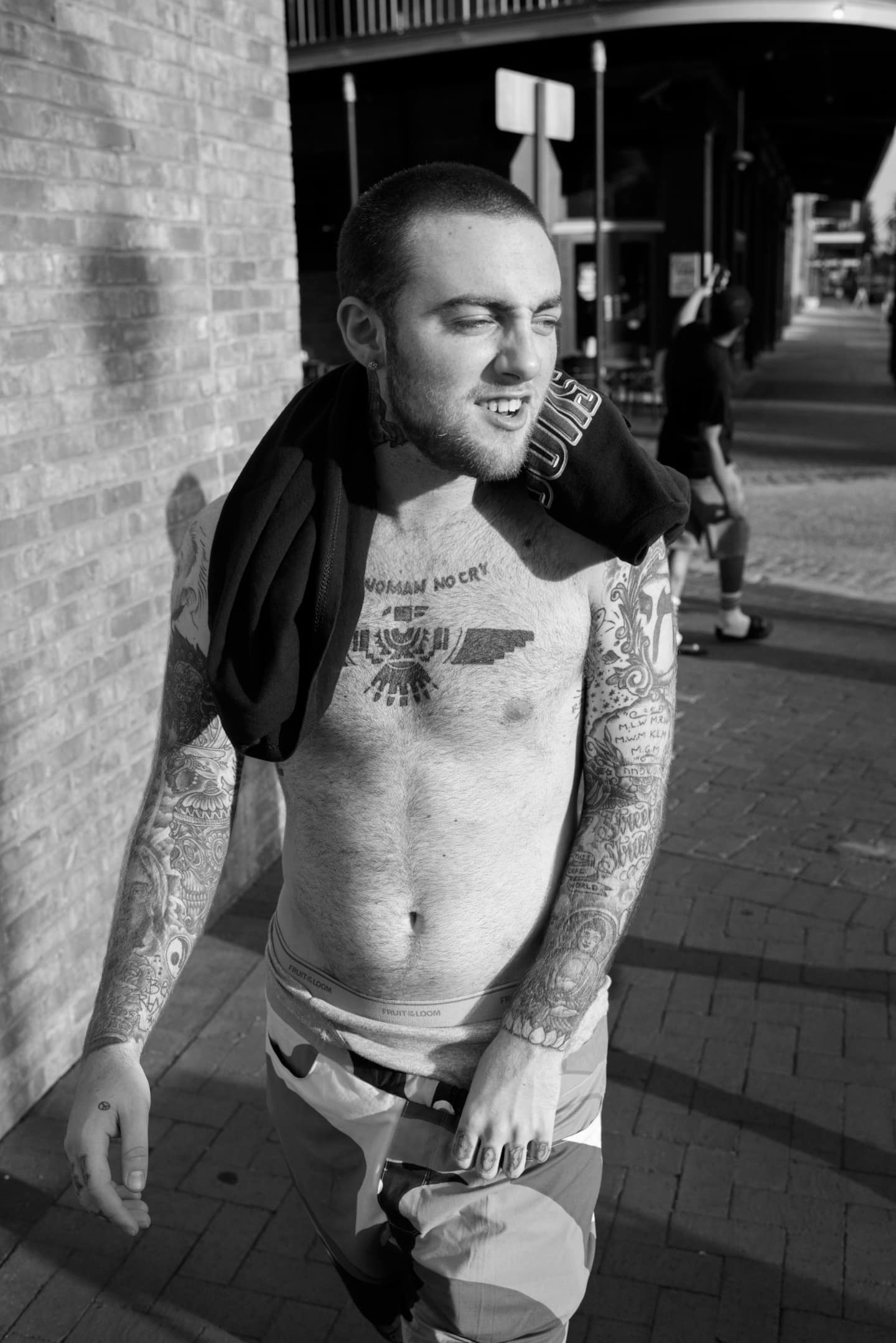
music store Stein on Vine where Miller left with an upright bass, a bass clarinet, a violin, several percussion instruments, and a cello. Mac’s musical vocabulary was expanding rapidly, and he was delving into instrumentation like never before. “I felt like I lived there,” Thundercat says.

But Berg says that the three constants were Miller, himself, and Thundercat–the latter of whom has three official credits on Faces, including the probing “Colors and Shapes” and the tone-setting opener “Inside Outside.” People like Vince Staples, Earl Sweatshirt, and Syd were all important figures in his life and show up on the mixtape. musicians who were in Mac’s orbit at the time. Much of the existing coverage of Faces focuses on the various L.A. That’s why the promotion for this was him fucking making a sandwich on an app,” says Quentin Cuff, Mac’s friend and then co-manager, referencing how, at first, a Faces download could only be unlocked by making Mac a virtual sandwich. “That’s what’s different, he didn’t have anything planned. (“That record made Mac Miller, and then the rest of the time he spent making Mac Miller who he wanted Mac Miller to be,” says Josh Berg, Miller’s engineer and right-hand man during this period.) Sure, he became a major star with 2011’s Blue Slide Park, but scathing coverage of that LP had stuck with him, and put Miller in a position where he sought to reinvent himself. But Faces was Mac fully coming into his own as an all-around musician, opening up about mortality, love, and drugs with real candor, while exploring fresh sonic territory.


It’s not exactly the fork in the road moment of Mac’s career-that would be 2013’s Watching Movies with the Sound Off, the ambitious, acclaimed second studio album that helped redefine Mac as a serious artist. Originally released in May 2014, Faces is officially on all streaming platforms as of October 15. But to some extent, at the time, it really was me staring at 20-something songs going ‘I have a week to make these sound as good as I can.’” “I didn’t fully appreciate how it would sit in his catalogue and I think it occupies a really important place now. “My first reaction was ‘Holy fuck this is a lot of songs done relatively quick,’” E. The movie-length collection of out-there tunes features some of Miller’s most moving work, and it’s also a testament to the freeform manner in which the Pittsburgh-born artist had been making music since relocating to Los Angeles in June 2012.

Long before it was one of the most beloved releases of the 2010s mixtape era and a career-shifter for Mac Miller, Faces was a “behemoth project” sitting in the inbox of his longtime producer and mixer E.


 0 kommentar(er)
0 kommentar(er)
